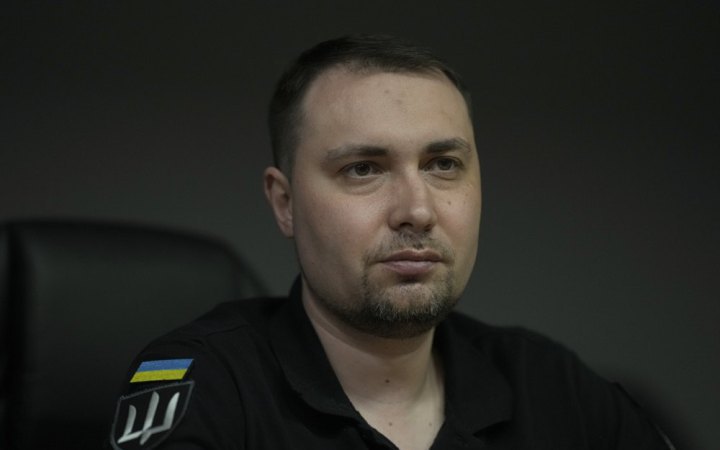The Russian war against Ukraine has forced all intelligence agencies to change their approach to information security and create a large network of “platforms” for delivering information.
This was stated by the head of the Main Intelligence Directorate of the Ministry of Defense, Kyrylo Budanov, during his speech at the international forum “Information War: From Resistance to Resilience”, as reported by Interfax-Ukraine.
“This is quite a broad, branched network. There are those that work on countering disinformation within our own ranks, and there are those we use for opposite purposes against the enemy,” Budanov said.
He emphasized that Russia can only be defeated in the information war if we do not merely react to disinformation but also create our own narratives and build a systematic communication strategy. He added that unity is the key to a resilient society.
“When society is united, even any, excuse me, nonsense will work. If it’s not – you can talk about anything, it won’t be perceived. Second – it’s impossible to counter large-scale disinformation if you don’t have a clearly established, verified stance. And that is a huge problem: if you don’t strategically set algorithms, any counteraction is ineffective,” explained the head of the DIU.
As an example, Budanov cited the cognitive influence of the Russians on Ukrainian citizens in the occupied territories of Donbas in 2014.
“You have to remember all those stories about the ‘crucified boy in panties,’ the ‘angels,’ etc. By the way, during prisoner exchanges, I still hear these stories… Because it was done systematically: across all channels, radio, online resources… It’s a very clear example of effective systematic work. Unfortunately, it was against us, but it’s vivid and well-executed. If we don’t approach this in a roughly similar way, unfortunately, our efforts will be in vain,” the general explained.
At the same time, Budanov stressed the need for a step-by-step, systematic approach aimed at restoring people’s trust in the Ukrainian information space in the occupied territories.
The story about the “crucified boy in panties” in Slovyansk became one of the most well-known Russian propaganda fakes. Recall that in the summer of 2014, at the height of the Russian-Ukrainian war, Russian Channel One aired a story about the “crucified boy.” In it, a woman named Halyna Pyshnyak claimed that she supposedly saw the execution of a small child in the central square of Slovyansk. The story was entirely fabricated, had no evidence, and was used to incite hatred. Later, the channel’s anchor, Irada Zeynalova, commented that the journalists “had no and still have no proof of the story described in the video,” but that it was “a real woman’s real story.” No apology for the fake story was issued.
In 2021, Pyshnyak told Russian media in an interview that she regretted participating in the filming, saying it “negatively affected her family.” She said that in 2019, together with her husband, a former Berkut special forces officer, she obtained Russian citizenship, but they were treated poorly in Russia and called “khokhols” (a derogatory term for Ukrainians). At the same time, she continued to insist on the truthfulness of the story.








